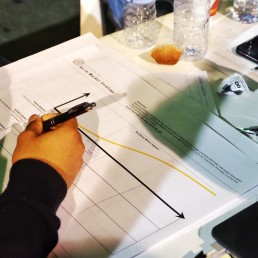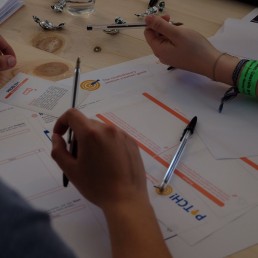Once you have identified your beachhead market, you dive into it for a detailed analysis of your End User Profile. In the article “Know your customer” we already covered that you have to know which product or service your customer wants as well as who the Decision-Making Unit is.
Now, using primary market research techniques, you will put on your End Users’ shoes and go for a walk: building a description that specifically includes demographic and psychographic detailed information, coupled by specific facts about their needs, wants and behaviors.

Analysis of your end user
- Demographics are quantifiable data that can be used as a first step to identifying your target end user – i.e. gender, age, income, geographic location, level of education, school attended, etc. While this is one of the easiest data to collect, it is not as relevant as the psychographics and behavioral characteristics. Start your End User Profile with a demographics analysis, but then decide how much emphasis to put on it as you go through the following items.
- Psychographics refers to the qualitative description of your target end users in the form of attitudes, values, fears, aspirations, heroes, beliefs and behaviors.
- Proxy Product refers to both substitutable products that your end users already buy today to satisfy the need/want you are targeting and complementary products that give you an idea of what sort of characteristics your end user would look for in your product/service. For instance, what other products do these end users own and which do they value the most? Which products have the highest correlation with your target end users?
- Watering Holes are the places where your end users usually meet and exchange information. These are very diverse, reliable places for information about your product to be spread by “word-of-mouth” such as conferences, bars, weekend events, online platforms, and many others.
- “Day in Life” refers to the merge of observations resulting from a day spent with, or talking to, as many end users as possible. The outcome should be a detailed description of a day in the life of the end user and what is going on in their head, revealing the ultimate story of what it is like to walk in your end users’ shoes for a day.
- Biggest Fears and Motivators is about sitting with your end users and, first, making a comprehensive list of all their biggest concerns, fears and motivators so that, second, they can prioritize each one. In the end, you will want a weighted list of your end user’s top five priorities and confirm this list with as many end users as possible.
-

Excited to translate your business idea into a scalable business model?
Simply sign up now to access our tutorials, videos and tools that guide you through the art of creating and testing winning business models.
All this, and a lot more – for free!







